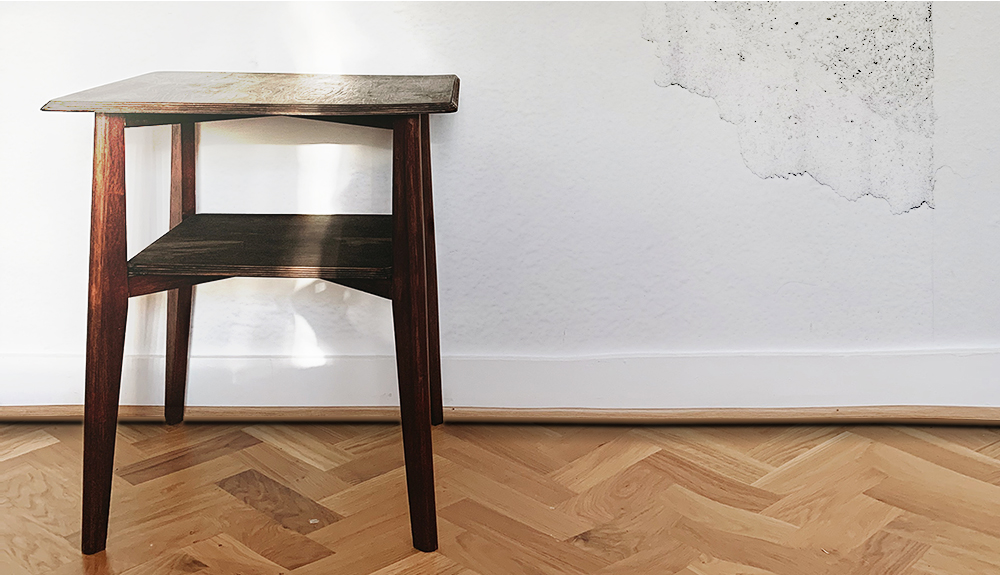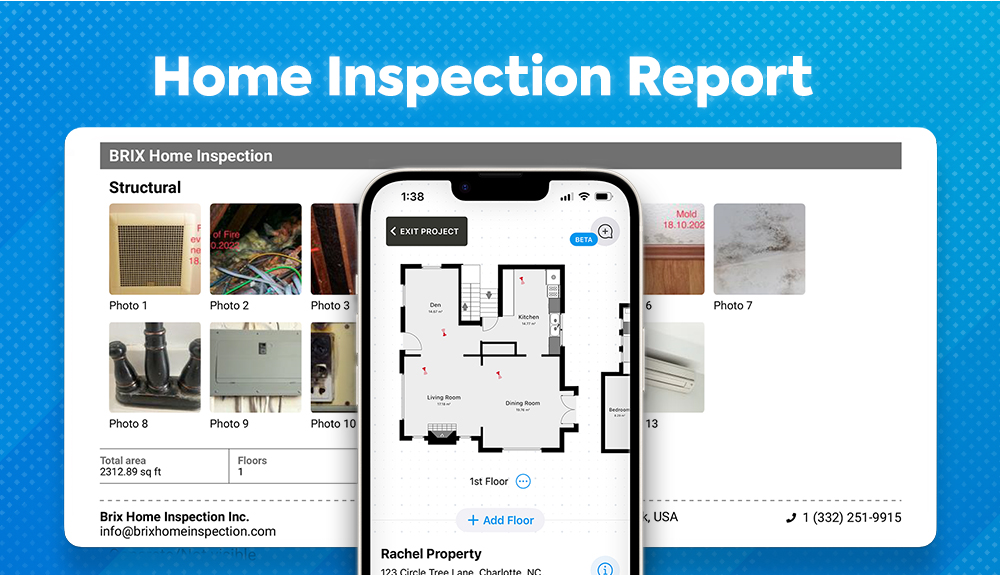Claims Adjuster
How to Inspect Structural Damage: A Guide for Claims Adjusters
/Blog_claims%20adjuster_report_01.webp?width=727&height=418&name=Blog_claims%20adjuster_report_01.webp)
Structural damage can pose a serious threat to the safety of a home’s inhabitants. So, if you are a professional home-insurance claims adjuster, you may be called to claimants’ homes on occasion to inspect and report on structural damages. This article will equip you with fundamental knowledge and strategies to enhance your inspection prowess, and to ensure fast, accurate reporting for efficient claim settlements.
What is a Structural Inspection?
A residential structural inspection is an onsite examination of a home’s structural integrity (the soundness of all elements that hold a home upright).
How Should I Conduct a Structural Inspection?
Read the six best practices listed below to learn about the process from start to finish.
1. Prepare for the Inspection
Complete these steps to get ready ahead of time:
- Review the claimant’s policy coverage
- Gather relevant documentation and historical data
- Familiarize yourself with local building standards
- Coordinate with other experts or professionals, if needed, before you schedule the inspection day/time
- Contact the homeowner to schedule your inspection
- Instruct the homeowner to be present at the time of the inspection, and to make sure nothing obscures your ability to move around the exterior and interior of their home
- Create a structural inspection checklist beforehand, to make sure you don’t miss anything
2. Conduct a Basic Inspection to Look for Signs of Structural Problems
The structure of each home is made up of various members, including the foundation, columns, girders, beams, floor decking and roof decking. In a structurally sound home, these members are void of defects and damage, and still perform as intended.
So, the purpose of conducting a basic structural inspection is to look for any signs of structural issues related to an insurance claim you are investigating. We use the phrase “basic inspection” here, because a formal structural inspection must be performed by a licensed structural engineer. (We’ll touch on that point again down below.)
When you carry out your basic inspection, you’ll want to look for various signs:
- Sagging roof
- Cracked or leaning chimney
- Rotted or damaged timbers
- Heaving, settling or cracked foundation
- Sloping, bulging, warped or cracked floors
- Damaged or spongy floor joists
- Bulging or bowing walls
- Gaps between wall baseboards and floors
- Cracks around window or door frames
- Doors or windows that will not open and close easily
- Broken or otherwise damaged structural components
- Termite damage
- Water in the home’s basement or crawl space
- Cracked tile over a slab foundation

3. Use a Digital Tool to Streamline Documentation
Accurate, detailed documentation is crucial for efficient claim settlement. And the best way to document a structural inspection is to use a high-quality floor plan app. This type of app allows you to sketch the floor plan of a home quickly and easily, and then insert objects to add some visual details. Once that’s done, you can include annotations describing the locations and extent of structural damages.

4. Include Supportive Evidence by Attaching Photos
Your floor plan app should allow you to attach photos to any floor plan sketch easily and quickly.
5. Report Your Findings
Producing a clear, concise, and accurate report about your structural inspection is important. This will help you communicate with all parties involved in the home-insurance claim.
How to Create a Report Quickly: Use the report function available in your floor plan app! This will let you turn your floor plan sketch into a branded report document.
6. Involve An Engineer, If Necessary
If you see signs of structural damage within a home, or if you just feel the home requires more detailed exploration, you may need to recommend an examination by a structural engineer. This type of engineer is highly trained to spot structural deficiencies that are not immediately obvious, but could affect the home’s integrity and safety.
Generally speaking, a structural engineer will have, at a minimum:
- a bachelor's degree in structural engineering or a similar field
- at least four years of experience working in a progressive internship or apprenticeship program
- a professional license secured through completion of a licensing exam
Be sure to share your own inspection report with the structural engineer. Your findings can help inform that individual and direct his or her focus.
Ultimately, the structural engineer will provide a separate post-inspection report. That document is likely to include a detailed assessment, a list of structural areas that are cause for concern, an explanation of what caused the damage, and recommendations for corrective repairs that need to be completed to make the home structurally sound and keep it from deteriorating.
How to Learn More About Structural Integrity
If you want to learn more about conducting basic structural inspections within homes, there are some steps you can take to enhance your knowledge and skills in this area.
Research Building Codes and Standards: Familiarize yourself with the local building codes and standards applicable to the area where you operate. This will help you identify potential structural issues.
Seek Educational Resources: Look for courses, webinars and training programs that focus on home inspections, structural integrity, and building materials.
Network with Other Professionals: Connect with other claims adjusters, home inspectors, or professionals in the construction industry. Engaging in discussions and exchanging experiences can enhance your understanding of structural inspections.
Study Construction Techniques and Materials: Develop a solid understanding of construction techniques and materials commonly used in residential structures. This knowledge will enable you to identify potential issues during inspections.
Conclusion
Mastering the process of inspecting and reporting on structural issues will help to set you apart as a sought-out resource. By following the best practices outlined above, you can ensure that your inspections are meticulous, your reports are accurate, your time is spent efficiently, and your contributions to the claims process are highly valued.
FIND MORE HELPFUL INFO HERE:
Read about 7 Characteristics of Top-Performing Independent Adjusters
Learn 5 Ways to Optimize Your Productivity as an Independent Claims Adjuster
Watch this 18-minute video if you’re wondering “How does a structural engineer check a house?”
Related articles

Zuzanna Geib
Team Lead Marketing

